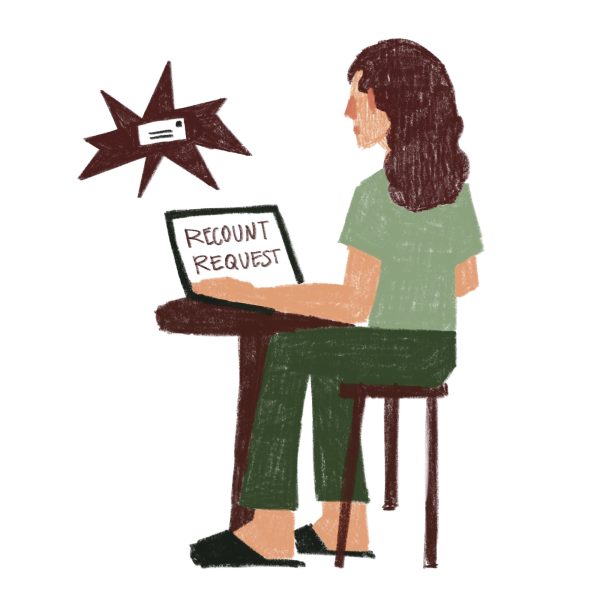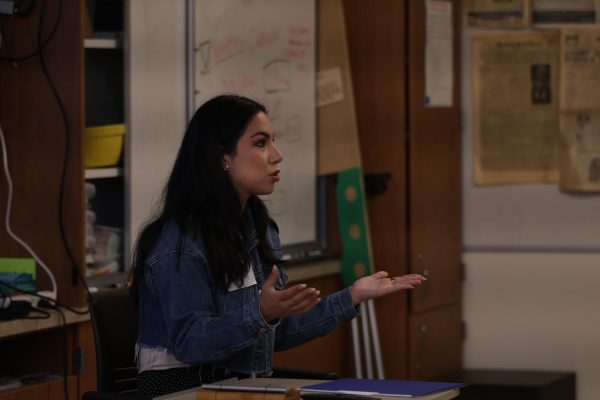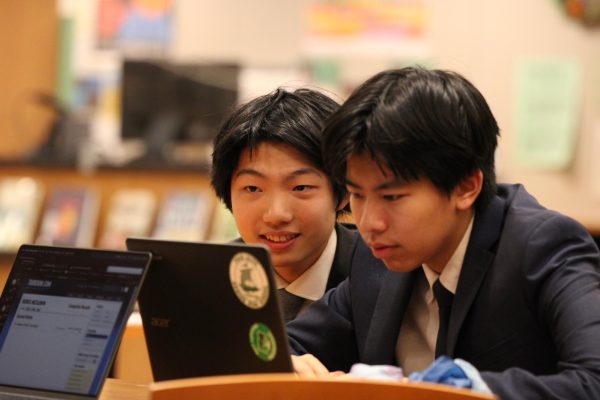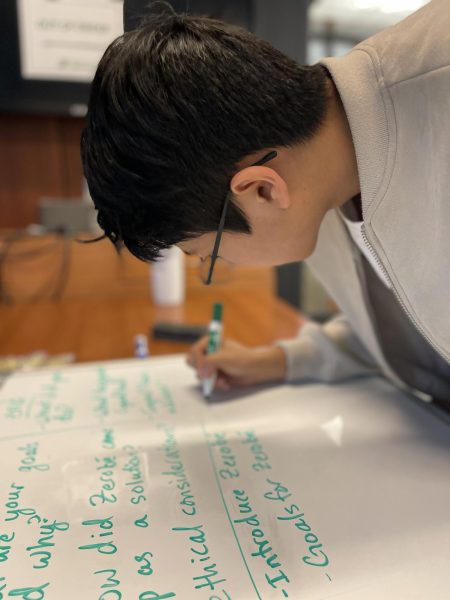WASC accreditation review ongoing
Palo Alto High School has been working closely with the Western Association of Schools and Colleges (WASC) since the 2008-2009 school year in an attempt to improve the school in all areas. WASC is one of six regional associations that accredits schools. Schools across the United States must first be accredited before they are eligible to take part in federal and state financial aid programs. According to WASC’s website, a school is accredited once WASC finds evidence that the school “possesses the resources…to achieve its educational goals.” Schools must also “provide evidence of the quality of its educational programs.” Peer evaluation and institutional self-review are required for initial accreditation.
A WASC report on a particular school has two major sections.
“One [report] is called the self-study, which is reporting everything Paly is doing — if we could take a snapshot of the entire school right now, what does our school look like?” Paly WASC coordinator Emily Garrison said. “And the second set is the action plan, which is, ‘How do we get better?’”
Accreditation is reaffirmed every six years to ensure that schools stay on track and are meeting goals. An institutional self-study, an external review and a site visit are required during each reaccreditation period. In addition to granting eligibility for financial aid programs, accreditation allows college credit to transfer between accredited schools. Accreditation is also vital for graduate programs.
“So then what happens is that WASC sends a visiting committee and they spend about four days with us in the late winter or early spring,” Garrison said. “They read this report, they talk to everyone, they come to classrooms, all to validate our report and then to give us feedback about our action plan.”
Although the amount of work going into to WASC escalates at the beginning and end of each six-year cycle, there is always a WASC-related task going on behind the scenes.
“What’s really interesting about WASC is that it’s a six-year cycle that is being worked on all the time,” Garrison said.
At Paly, the most recent WASC cycle took place during the 2008-2009 school year.
“Primarily, teachers are the main driving force behind WASC,” Garrison said.
WASC is dedicated to helping Paly create a brighter, more sustainable future, and its findings have helped bring about major change — WASC is responsible for the implementation of the later start time (8:15 a.m.) and the block schedule that came into effect three years ago. Most students feel the block schedule has had a positive impact at Paly.
“Even though I questioned it at first it has turned out to be a great system, allowing more focus to each class while reducing daily homework,” senior Andrea Clerici-Hermandinger said.
According to WASC’s Single Plan for Student Achievement for Paly, three major goals were established during the last WASC process.
“Once we look at the data, we can discuss areas that we really need to work on,” Garrison said. “Paly’s an amazing school, but just because you’re the best school, it doesn’t mean you can’t better.”
The first goal, Horizontal and Vertical Curricular Alignment, was established to ensure “that teachers work together in the best interest of each and every student at Paly.” Based on this goal, English teachers worked to align their courses and the Guidance Department created new advisory plans to better assist students with the college application process,. The Math and Science departments worked together to avoid overlap: that is, to make sure large assessments and projects were more spread out.
“Students can’t always totally see the effects of what we do all the time, but they really have been making a huge difference for students,” Garrison said.
The second goal aimed to “prepare each and every student for college” and to ensure that “each and every student graduates from Paly with a robust and individual plan for his or her education after high school.” As part of the “College Readiness and Post-Secondary Planning” initiative, Paly worked hard to better its College Essay Writing Workshops and added a Multivariable Calculus Honors course for students who completed AP BC Calculus before senior year. Paly also started a Summer Bridge Program to increase student preparedness for incoming high school.
“We’ve been working to just build up our advisory and guidance programs,” Garrison said.
The third goal, “Support for All Students,” was instituted to ensure “every student is supported in his or her personal and academic work.” This goal included increased collaboration between Special Education and all departments, the addition of Conceptual Physics, a more basic physics course and Outreach Specialists “to provide additional direct support to our underrepresented population.” Goal 3 was created to decrease the amount of students who fall behind and to give proper attention to those who do. A more complete understanding of WASC’s goals for Paly and progress made can be found on the WASC section of the Paly website by clicking on the Single Plan for Student Achievement (SPSA).
With the WASC process renewing itself in 2015, Garrison is in the process of forming a student group to allow Paly students to be involved.
“The primary focus for the student group is giving input into how to make Paly better,” Garrison said.
The student group is being created to prepare for next year’s WASC Visiting Committee by discussing and researching solutions to issues at Paly. Students involved in the WASC process will focus on improving Paly’s learning environment.
“We’re looking for people who not only have a lot to say, but people that really want to work for positive change,” Garrison said. “It’s not about changing the food in our cafeteria, the forum for this is, like I said, really serious study and the analysis of hard and soft data.”
The student group will meet every other week in a group effort that will culminate in what will hopefully be a successful WASC site visit.
Your donation will support the student journalists of Palo Alto High School's newspaper












